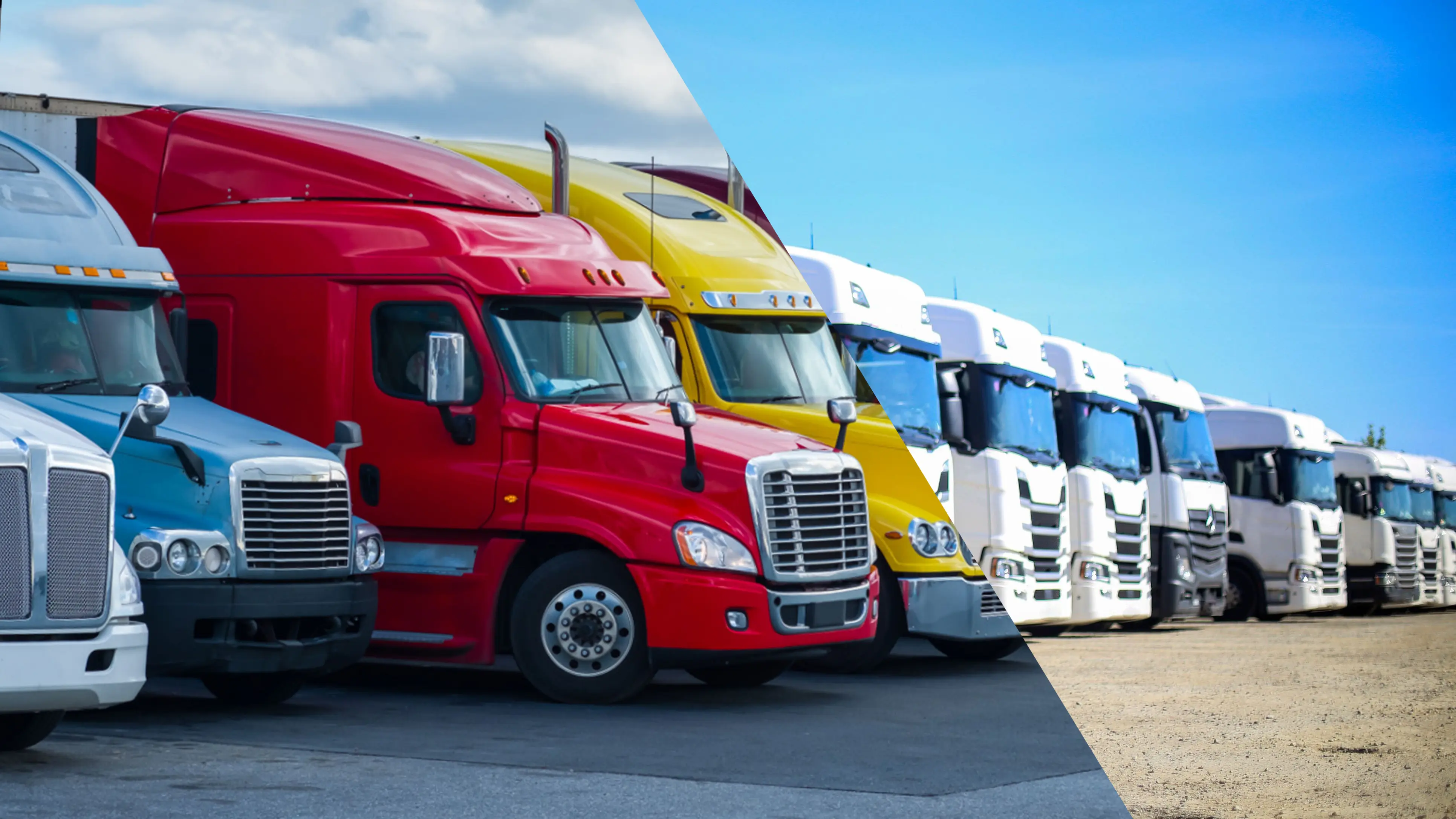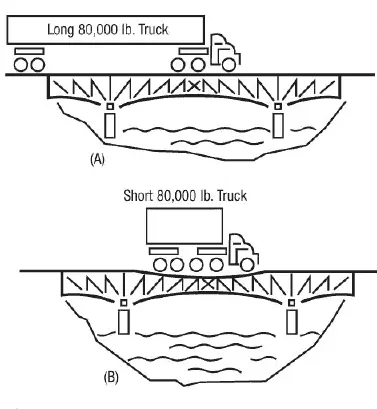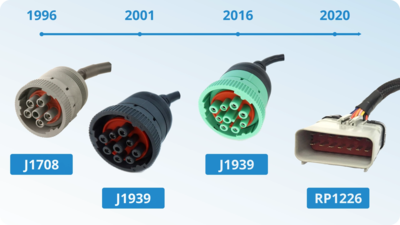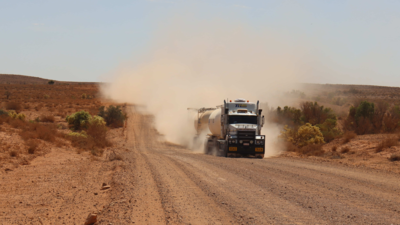
You don’t have to be a truck driver or fleet owner to know how important the trucking industry is to daily life in the United States. Trucks and trucking companies are a vital part of the transportation of so many of the goods we buy and use everyday. As you can imagine, this is the case not just in the country we live in, but worldwide. Many factors are behind the rules and regulations of the trucking industry, driver pay, and even how the trucks themselves are manufactured. These factors vary from country to country, so how different is trucking around the world? Let’s take a closer look.
American Trucks Are Built Different– Literally
What comes to mind when you picture a semi-truck? If you’re used to seeing American trucks, you’re probably thinking of a standard ‘18-wheeler’ with a long nose, long trailer, and maybe even a sleeper cab. If you’ve ever seen a semi-truck from somewhere outside North America (such as Europe or Asia), you may have noticed that it uses a completely different design. Why the difference?
The short and simple answer is: American trucks are built for American roads. While North American terrain is not without winding roads and rocky terrain, many of our highways are relatively straight and flat. American trucks simply would not be able to maneuver as well on European roads due to their size and length.
Also, North American truck drivers are often traveling long distances for days at a time. (It’s called “long-haul trucking” for a reason!) Bigger cabs with sleeping quarters and other living amenities mean owner-operators can live in their trucks for longer periods of time, something that is not so common in other countries. In Asia, for instance, distances traveled can be shorter, reducing the need for sleeper cabs.
The style of truck most commonly seen in Asia and Europe is known as cab-over (literally meaning that the cab of the truck is over the engine).These trucks are more compact, and another advantage of their design is that they help companies deal with strict length laws.
Cab-over trucks were used more in the US when laws on length were more strict. Even American brands like Mack and Kenworth used to manufacture conventional cab-over trucks. This cab design is still used in the US for light and medium duty trucks (think garbage trucks), and this is one place you might see international brands like Isuzu and Mitsubishi even in the US.
One reason length laws in the US aren’t as strict nowadays is the enactment of the Federal Bridge Formula in 1975. This formula is meant “to limit the weight-to-length ratio of a vehicle crossing a bridge.” Weight is either spread out over additional axles or the distance between axles is increased (see graphic below). Once this was put in place the cab-over design for heavy trucks was no longer practical.
HOS Regulations Around the World
On the subject of laws and restrictions, let’s talk about how these differ around the world. One thing that most, if not all, countries with a trucking industry have in common are some kind of regulations in place regarding on-duty and off-duty time for drivers.
In the United States, these are known as Hours of Service (HOS) rules, which are regulated by the Federal Motor Carrier Safety Administration (FMCSA). Drivers are required to use ELDs (Electronic Logging Devices) to track their compliance. Cross-Border drivers in North America need to be mindful of differing HOS regulations in the US, Canada, and Mexico. Drivers crossing borders must follow the HOS rules of whatever country they are operating in.
The US has some HOS exemptions that do not apply in other countries. For example, the US has certain RODS exemptions based on air-miles from the source/destination, but Mexico has no RODS exemptions based on air-miles.
In Europe you will either need to follow EU rules or those in the European Agreement on Drivers in International Road Transport (AETR) which applies in most European and a few Central-Asian countries. Most rules are the same but there are a few exceptions. According to the EU rules, at all times drivers must be able to present tachograph records (a tachograph is essentially an ELD). This is the equivalent of RODS (Record of Duty Status) that drivers in North America are required to keep. Compared to US HOS rules, Specific EU HOS rules are more complex when it comes to the exact number of hours you can/can’t drive per week. On duty time and rest periods can sometimes be broken up in different ways.
While they are too numerous to name here, check out the links at the end of this article for specific examples of HOS rules in countries around the world.
Driver Pay
While the importance of the trucking industry remains the same globally, there is a vast difference when it comes to driver pay in different countries. A major factor that affects this is the economy of each country, but demand and job risk also play a part. To give you an idea of the wide range of salaries truck drivers make in different countries, see the list below*:
- United States: $47,000 is the average yearly pay, however specialized drivers can make $70,000- $100,000 a year.
- Canada: $43,000 on average with specialized drivers such as ice road truckers making as much as $100,000/year.
- Mexico: $13,800 average yearly salary
- Switzerland has the highest paid general cargo truck drivers, with an average salary of $70,452/year. Several other European countries are close behind this figure.
TruckSpy’s Productivity Suite plan helps fleets manage their driver pay. Find out more here.
The Do-It-All Fleet Management Platform.
Start Today, No Contract. No CC.
Challenges in the Industry Worldwide
Obviously every industry has its challenges, but are challenges in the trucking industry universal? We’ve found that at least a few of them are, though the exact cause of these challenges and/or what a country is doing to solve them might differ. Let’s take a look at just a few.
- The Driver Shortage
The driver shortage issue is something we are all too familiar with here in the US. You might be surprised to learn that this issue is being faced on a global scale. For instance, the US trucking industry is 10 times bigger than Canada’s, but even though less drivers are needed in total, Canada is still experiencing a shortage. This shortage continues to grow due to retirement, with not enough drivers coming in to take their place.
Ukraine, Turkey and Pakistan are the top three countries experiencing a shortage worldwide simply because most of their drivers prefer working in western (European) countries.
Mexico is among the worst when it comes to the driver shortage. Though it can be said that the trucking industry is a male-dominated industry worldwide, relatively speaking there are very few women drivers in Mexico. The industry simply isn’t built for them, especially when working conditions aren’t great even for the men.
Why does this issue seem to be universal? One reason could be that it’s driven–not by people or geographical issues–but by the nature of the job itself.
- Infrastructure
Each country has their own unique system when it comes to infrastructure, and this can affect the trucking industry for better or worse.
In the US, a highway trust fund is set up, although roads are not typically in the best shape. The US does have a fuel tax set up; this has proven to be an efficient way to collect funds, with the added bonus that it provides an incentive for fleets to improve their efficiency (because who wants to pay taxes?).
Europe has imposed more tolls and restrictions on trucks and other heavy vehicles in cities. On one hand, this means that roads in Europe tend to be in better shape, but the disadvantage is that an inefficient tolling system results in heavier traffic.
In Canada, Road tax money goes into a general fund instead of a separate infrastructure fund.
Mexico is behind when it comes to infrastructure, with little money to use for things like improvement of roads.
- Reducing Environmental Impact
Regardless of location, it can be argued that the trucking industry has a great amount of responsibility when it comes to reducing environmental impact. Each country has decided to tackle this issue in different ways, and some international initiatives have even been started. For instance, the IRU (International Road Transport Union) has established the Green Compact: “a collective global action to achieve carbon neutrality in commercial road transport by 2050.”
The US government has been increasing pressure on fleets to reduce their carbon footprint, although industry leaders feel that this type of drastic approach is hurting the industry.
Mexico is facing a different issue: the need to upgrade their fleets before focusing on reducing carbon emissions. To put things in perspective, a large number of fleets in Mexico are around 20 years old, while the average fleet age in the US is around 6 years.
What’s the takeaway? There’s no denying that environmental impact is a universal problem, but one solution across the board (such as electric vehicles) may not work universally. Taking the approach of making small, incremental changes and encouraging fleets around the world to work the technology they already have first could be the way to go.
*Figures are taken from a 2021 article published by FreightWaves; you can check out the full article here.
More Helpful Links
YouTube: Why American and European Trucks Are So Different
Explanation of the Federal Bridge Formula:
https://ops.fhwa.dot.gov/freight/publications/brdg_frm_wghts/
HOS Requirements for Cross-Border Drivers (FMCSA):
https://www.fmcsa.dot.gov/international-programs/hours-service-requirements-cross-border-drivers
Canada HOS regulations:
https://laws-lois.justice.gc.ca/eng/regulations/SOR-2005-313/
Mexico HOS regulations:
https://www.stps.gob.mx/bp/secciones/junta_federal/secciones/consultas/ley_federal.html
EU HOS regulations:
https://europa.eu/youreurope/citizens/work/work-abroad/rules-working-road-transport/index_en.htm
European Agreement on Drivers in International Road Transport (AETR):
https://treaties.un.org/pages/ViewDetails.aspx?src=TREATY&mtdsg_no=XI-B-21&chapter=11&clang=_en
CCJ: The state of trucking in the U.S. and around the world:
IRU Green Compact:
Recent Blogs
by Elyse Byers
July 5, 2024





